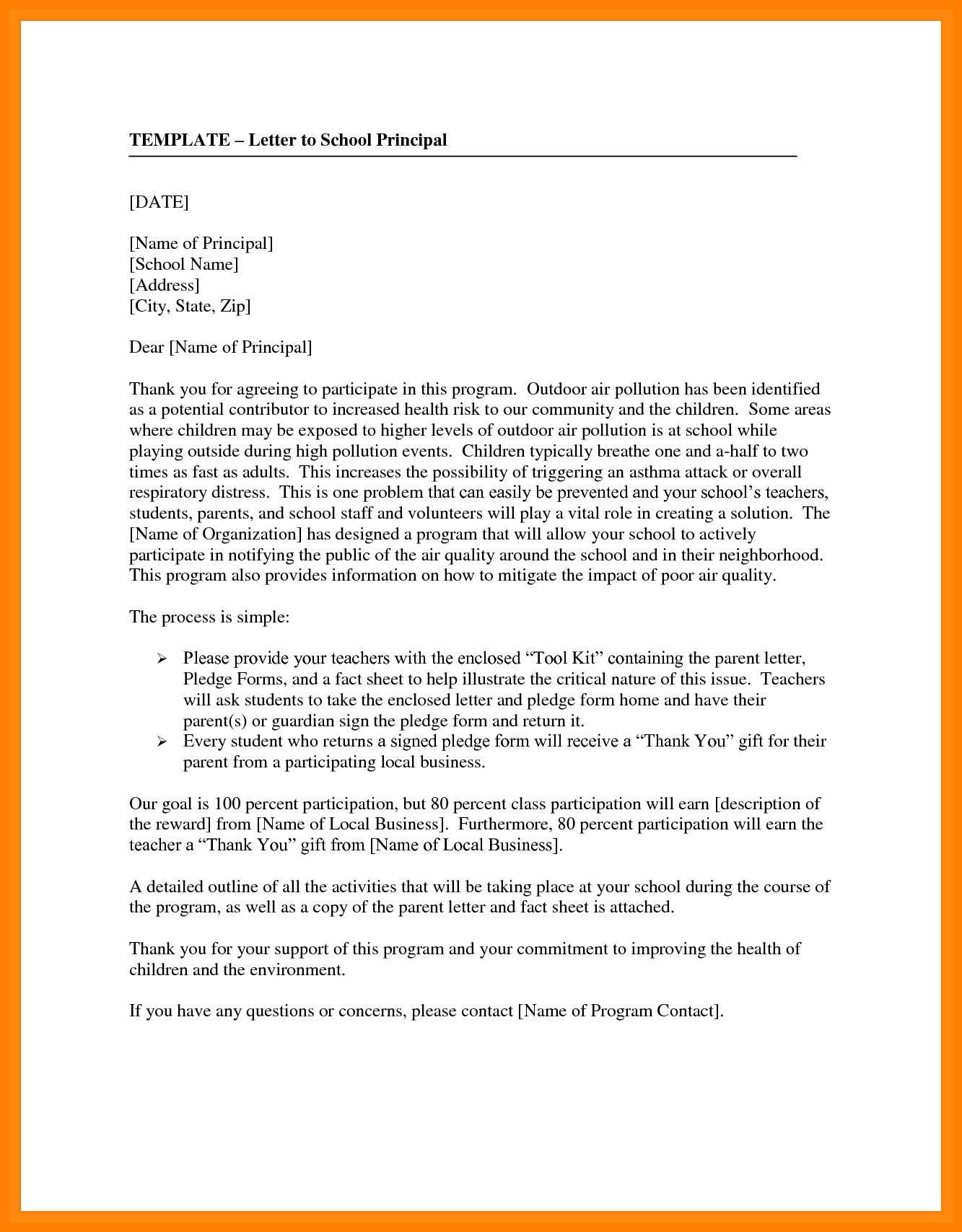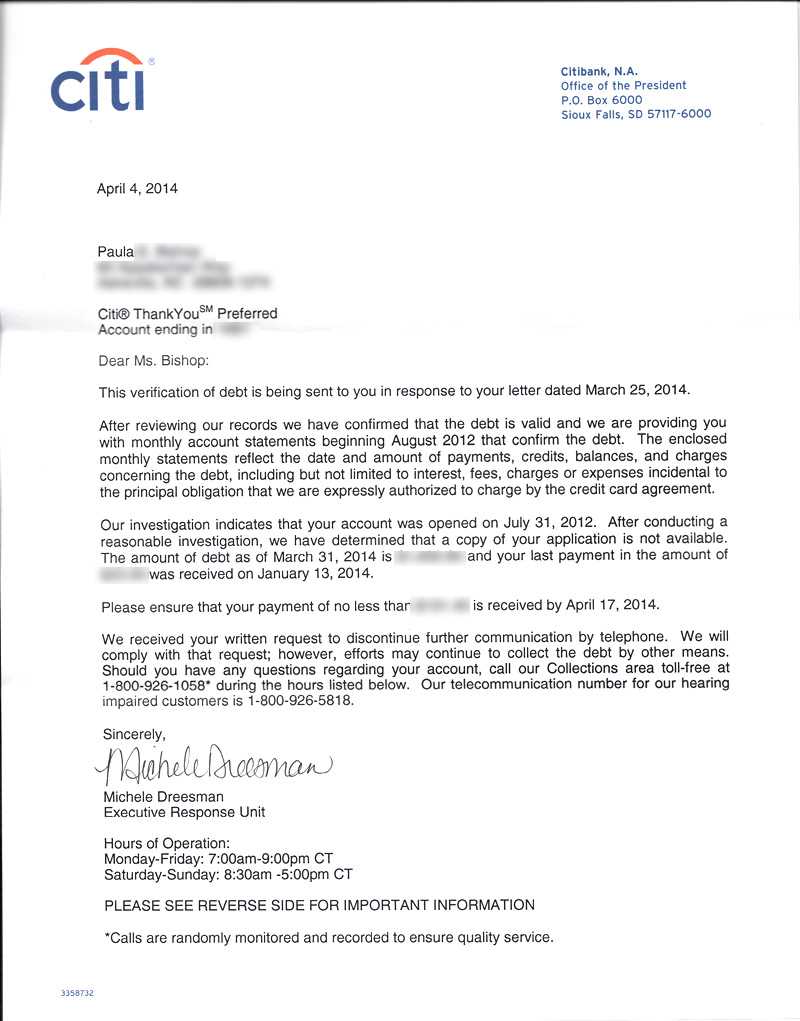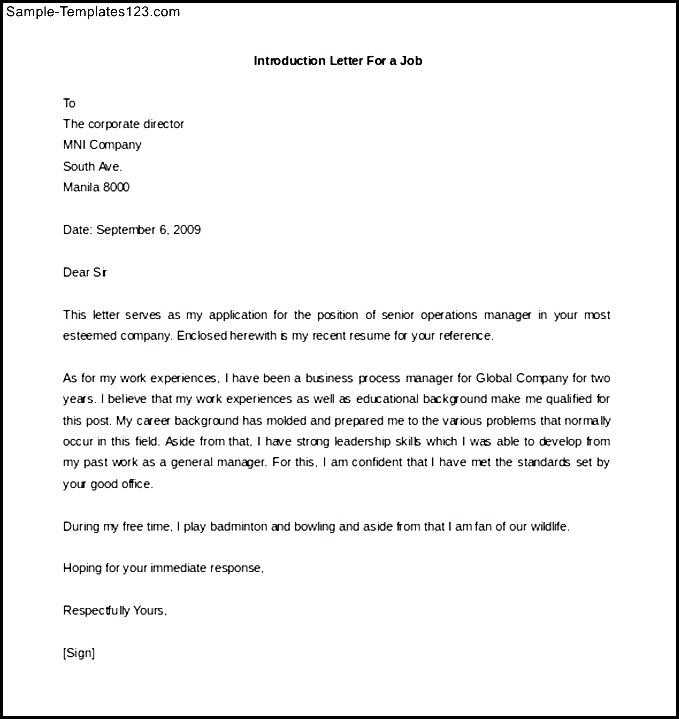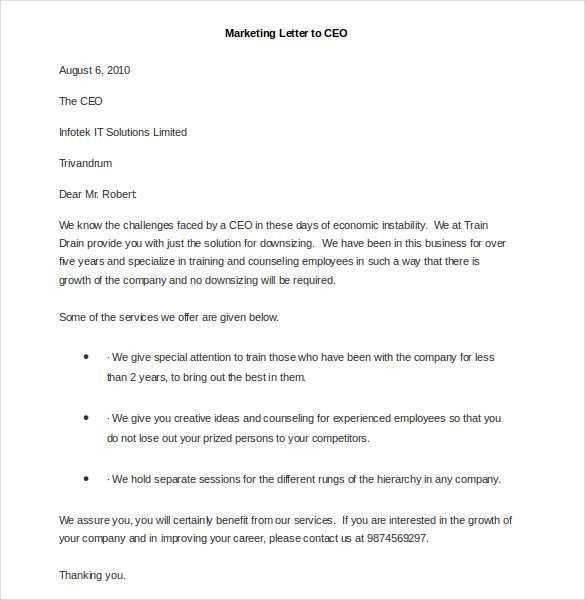Professional CEO Letter Template for Effective Communication

In business communication, crafting a clear and impactful message from leadership is essential for maintaining transparency and guiding teams effectively. Such communications can vary in purpose but share common traits of professionalism and clarity. Knowing how to structure these communications is key to conveying the intended message in the right tone.
Effective communication from executives requires a thoughtful approach. It is important to focus on both the content and presentation, ensuring that the message resonates with its intended audience while maintaining authority. Proper organization, clear wording, and the right balance of formality are vital to achieving this goal.
Understanding how to design such correspondence can greatly improve its effectiveness. Whether it’s delivering important updates or motivating employees, an expertly crafted communication can build trust and encourage action. A well-constructed executive message can elevate the overall tone of any business interaction.
Understanding the Significance of Executive Communications

Effective communication from top leadership plays a critical role in shaping a company’s culture, guiding its direction, and influencing stakeholder perceptions. A well-crafted message from the head of an organization can establish trust, motivate employees, and set the tone for important initiatives. It serves as a powerful tool for leadership to engage directly with the entire workforce or external partners, ensuring alignment with company values and goals.
Building Trust and Transparency
One of the primary reasons for sending such communications is to build transparency. When leaders share their vision, strategies, and challenges openly, it fosters a sense of trust within the company. Employees feel more confident and connected, knowing that they are informed about the direction the organization is heading. Clear communication helps eliminate uncertainty and can reinforce loyalty and commitment to company objectives.
Setting the Tone for Company Culture
Executive messages also play a key role in shaping and reinforcing company culture. They reflect the values and priorities of the leadership team and set expectations for behavior, collaboration, and performance. A thoughtful message can inspire teams, offer recognition for achievements, or outline a new direction that will guide the company through change.
| Benefit | Impact |
|---|---|
| Transparency | Increases trust and clarity within the organization |
| Inspiration | Motivates employees and aligns them with company values |
| Guidance | Provides clear direction on goals and expectations |
Structure of a CEO Letter
To effectively convey a message from leadership, a clear and organized structure is essential. A well-structured communication helps ensure the message is easy to follow, impactful, and aligned with the organization’s goals. Each section serves a specific purpose, from introducing the context to offering a call to action. Knowing the ideal layout can significantly enhance the effectiveness of executive correspondence.
Introduction: Setting the Tone
The opening paragraph is crucial for establishing the context and purpose of the communication. It should briefly outline the reason behind the message, whether it’s an update, a call for action, or a motivational message. This section should be direct and set a professional yet approachable tone to engage the audience right away.
Body: Detailing the Message
The body of the communication is where the main points are discussed in detail. It typically includes specific updates, strategic insights, or information that requires the attention of the audience. Organizing this section logically is essential for clarity. Important information should be emphasized, and the content should flow smoothly from one idea to the next.
Key points to include in the body are:
- Company updates and achievements
- Vision and goals for the future
- Any necessary changes or initiatives
It is important to keep the body concise yet informative, providing just enough detail to engage the audience without overwhelming them with unnecessary information.
Key Elements to Include in a Letter

When crafting an executive message, there are several key components that ensure clarity and effectiveness. Each element serves to enhance the overall impact, whether it’s to inform, inspire, or guide the audience. A well-balanced communication includes all relevant information in a concise, direct manner while maintaining professionalism.
Clear Purpose and Objective
The first element to consider is establishing a clear objective. Whether the message is meant to share an update, announce a change, or provide guidance, it’s essential to outline the purpose early on. This helps the reader understand what is expected of them and why the message matters. It sets the stage for the rest of the content, making the communication more effective.
Actionable Insights and Takeaways
Another important element is providing actionable insights. A message that lacks clear direction or practical information is less likely to have the desired impact. Including specific steps, goals, or changes helps the reader understand what actions are required. This ensures the message is not only informative but also prompts the necessary response or behavior from the audience.
Important elements to consider include:
- Purpose and objective of the message
- Key updates or changes
- Clear next steps or calls to action
Tips for Writing a Clear Message
Crafting a clear and effective message is essential for conveying information in a way that resonates with the audience. Whether the goal is to motivate, inform, or direct, clarity is key. A well-structured message ensures that the reader understands the content, the purpose, and any actions they need to take without confusion.
Keep the Language Simple and Direct
One of the most important tips for clear communication is to use simple, straightforward language. Avoid jargon or overly complex sentences that could obscure the message. Directness helps the reader grasp the main points quickly, reducing the likelihood of misinterpretation. Be concise, focusing only on the necessary information.
Provide Clear Context and Actionable Next Steps
Another crucial aspect is offering sufficient context. A message should include all relevant background information to help the reader understand the situation. Additionally, providing clear next steps or calls to action guides the audience on what to do with the information. This helps avoid ambiguity and ensures that the purpose of the communication is achieved.
Key tips for clarity:
- Use simple and concise language
- Focus on key points and avoid unnecessary details
- Always include clear instructions or next steps
Common Mistakes to Avoid in Communication
When crafting any important message, certain mistakes can diminish its effectiveness and lead to miscommunication. Whether it’s unclear language, lack of focus, or failure to engage the audience, these issues can reduce the impact of the message. Being aware of these common pitfalls is essential for ensuring the communication is clear and well-received.
Overcomplicating the Message

One of the most frequent mistakes is making the content too complex. Using convoluted language, unnecessary jargon, or long-winded explanations can confuse the reader and obscure the main points. Simplicity and brevity are key to keeping the message understandable and engaging.
Failure to Focus on Key Points
Another common error is straying off-topic or including too much irrelevant information. A message with too many details can overwhelm the reader and dilute the core message. It’s essential to prioritize the most important points and focus on what really matters.
- Excessive use of jargon or complex terminology
- Including irrelevant or extraneous details
- Neglecting to emphasize key takeaways
By avoiding these mistakes, a message becomes more impactful and resonates with the audience in a clear and meaningful way.
Examples of Effective CEO Correspondence
Effective communication is often best understood through real-world examples. By examining well-crafted messages, one can identify the key elements that make them impactful. These examples demonstrate how clarity, purpose, and professionalism can come together to achieve the desired outcome, whether it’s to motivate, inform, or align the audience with strategic goals.
One example of effective correspondence might include a clear announcement of a company-wide initiative, highlighting the rationale behind the decision and outlining the next steps for implementation. Such communication typically maintains a professional tone while being transparent about the reasons for change, ensuring everyone understands their role in the process.
Another great example would be a message providing an update on company performance. It would focus on key metrics, acknowledge challenges, and highlight successes, all while maintaining an optimistic and forward-looking tone. The clear presentation of data, along with actionable insights, ensures that the audience remains engaged and informed.